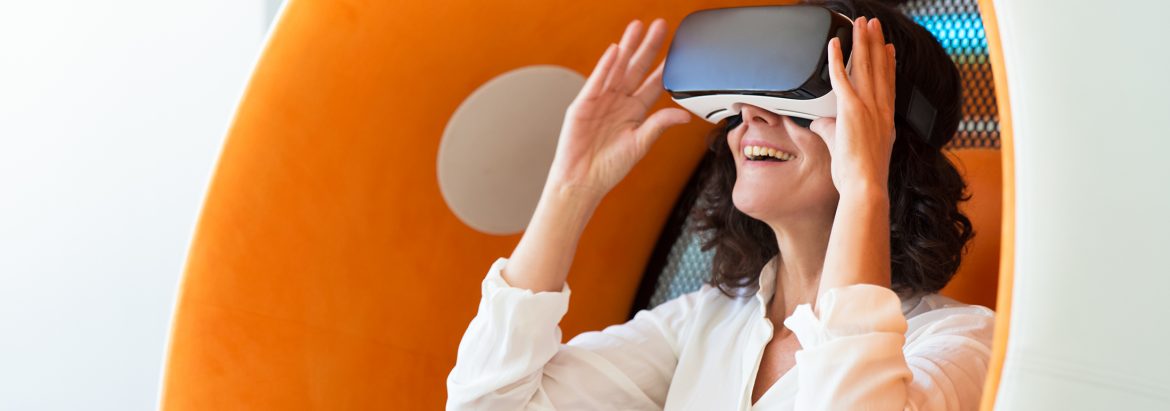
Is AR the Future of our Increasingly Digital World?


Imagine a device which, when used to look at something, throws up information on whatever you’re pointing at. Menus for restaurants, dates of establishment for institutes, and so on. These are the sort of possibilities afforded by Augmented Reality (AR).
AR is a science fiction idea that successfully made the transition to reality. The fundamental idea behind augmented reality is to add something extra to your experience of reality. So, if you are watching a movie or playing a game, AR adds to that experience in some way or form to turn the experience immersive and interactive. AR basically superimposes computer-generated information (audio, visual, haptic, etc.) on the real-world objects.
AR can be defined as a system that fulfills three basic features: a combination of real and virtual worlds, real-time interaction, and accurate 3D registration of virtual and real objects.
A camera-equipped device is essential for an AR experience. Upon pointing the device at an object, computer vision technology is used to recognize it. The device then downloads information about the object from the cloud, in much the same way that a web browser loads a page via a URL. In this case, the information is presented in a 3-D experience.
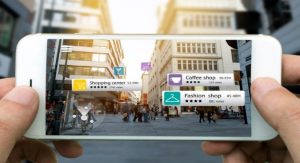
AR can provide a view of the real-time data flowing from products and allow users to control them by touchscreen, voice, or gesture. An operator using an AR headset to interact with an industrial robot might see superimposed data about the robot’s performance and gain access to its controls.
The size and orientation of objects viewed through the AR display adjusts/changes in real-time. New graphical or text information comes into view while other information passes out of view as the user moves about. In industrial settings, users in different roles, such as a machine operator and a maintenance technician, can look at the same object but be presented with different AR experiences that are tailored to their needs.
A 2018 Gartner report stated, “By 2020, 100 million consumers will shop in AR online and in-store.” The current global pandemic has put a damper on consumer sentiments worldwide and we may not see those numbers. But AR can help make the in-store shopping experience more secure by reducing the need to touch a lot of objects and surfaces.
Brands like American Apparel, Uniqlo, and Lacoste already have showrooms and fitting rooms that provide try-before-you-buy options in AR spaces. Smart mirror technologies that scan RFID tags also offer the ability to bring recommendations to the brick-and-mortar shopping experience.
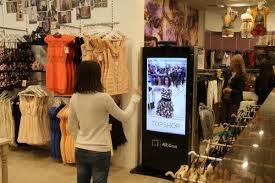
IKEA customers have access to an app that permits them to point their phones at spaces and see what different products would look like in their own homes.
In the current global climate, fashion and lifestyle brands stand to gain from technologies that handle facial recognition, adapt to local lighting conditions, and provide personalized recommendations.
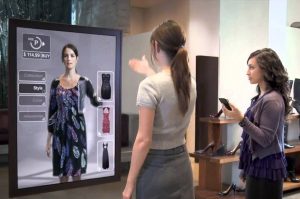
According to a BRP report, 48% consumers said they would be more inclined to buy from a retailer that provided AR experiences. Retailers may be able to attract more customers with an immersive and secure shopping experience in a post-Corona world.
35% of sales on Amazon are derived from its recommendation engine, which is powered by Machine Learning. Leveraging this in the real world also has immense commercial potential.
Map services from Google and Apple have already found mass acceptance, indoor navigation is next. Apps based on ARKit and ARCore can enable navigating inside spaces like airports, malls, hospitals, etc. Gatwick Airport has already deployed its own smartphone solution that provides routes to terminals and gates based on a user’s flight number.
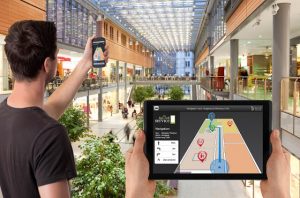
In 2019, a beta version of AR walking directions feature was launched for Google Maps for all AR-compatible iOS and Android mobile devices. You could view information about your surroundings by pointing your phone’s camera towards it.
AR in Automotive Industry
AR can be used in a breadth of ways in the automotive industry. Starting with dashboard-mounted heads-up displays to interactive experiences in showrooms and more.
AR is also employed by some carmakers to help aid in car maintenance (Volkswagen’s Marta app) and car manufacturing and selling processes (Volvo’s project with Microsoft HoloLens).
The heads-up display is one of the most popular uses of AR in this industry. Not only can drivers get directions and alerts on hazards, but also information on landmarks and nearby locations.
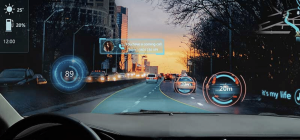
Hyundai has been a leader in AR research that goes beyond the cockpit-style view of the motorist’s experience. They have reimagined maintenance manuals with AR and has apps to point their phones at their cars to get information. Mercedes has a similar app, but its version adds a chatbot to provide virtual assistance.
AR in Healthcare
Applications of AR is opening up new opportunities in the healthcare industry. It’s expected that the global market will reach a value of $1.5B. By enabling healthcare workers with real-time data and patient information, AR can aid in more accurate diagnoses and more precise surgeries.

AR can also bring huge value to practicing medicine and education by allowing students and trainee physicians to better visualize health issues and scenarios that they one day will be treating. The benefit that AR can bring to the healthcare industry can be ground-breaking and we are just witnessing the beginning of what is to come from AR in the field of medicine.
Smart glasses are quickly gaining popularity. Military, medical and enterprise solutions, however, are beginning to prove the value of combining AR with headsets and smart glasses.
Microsoft HoloLens 2 was likely the most anticipated product in this space in 2019. The company hopes to roll out its technology to great fanfare by demonstrating improvements in raw processing power, battery life, and wear ability. The U.S. Army has awarded a $480 contract to Microsoft, and they are also working with the industrial IoT firm PTC to streamline the development of both augmented and mixed reality products.

Walmart and Tyson are testing programs that will transition traditional training methods into mixed reality (MR) settings. This will bring about new ways to learn about compliance and safety issues by looking around mixed-reality environments and identifying problems in a way that’s practical and engaging. Integration with other recent workplace training trends, especially gamification, may compound the returns that AR and MR solutions generate. Per ABI Research, AR-based training in enterprise will be a $6 billion industry by 2022.
Improvements in prototyping, testing, troubleshooting, and quality control are expected to emerge from this trend, too, as workers will be able to make on-the-fly comparisons of real-world items against available documentation and specifications. Jobs that call for workers’ hands to be free will also benefit significantly from AR headsets and glasses.
Augmented reality is the next ‘BIG THING’, it will absolutely revolutionize almost every aspect of life. Everything from medicine to education to construction to entertainment. AR application has already started to appear on the world’s laptops, tablets, and smartphones.

“Kalpana is a database developer. She strongly believes that "It’s not that we use technology, we live technology." Outside of her professional role, Kalpana is passionate about travelling and watching movies.“
Please complete the form details and a customer success representative will reach out to you shortly to schedule the demo. Thanks for your interest in ZIF!